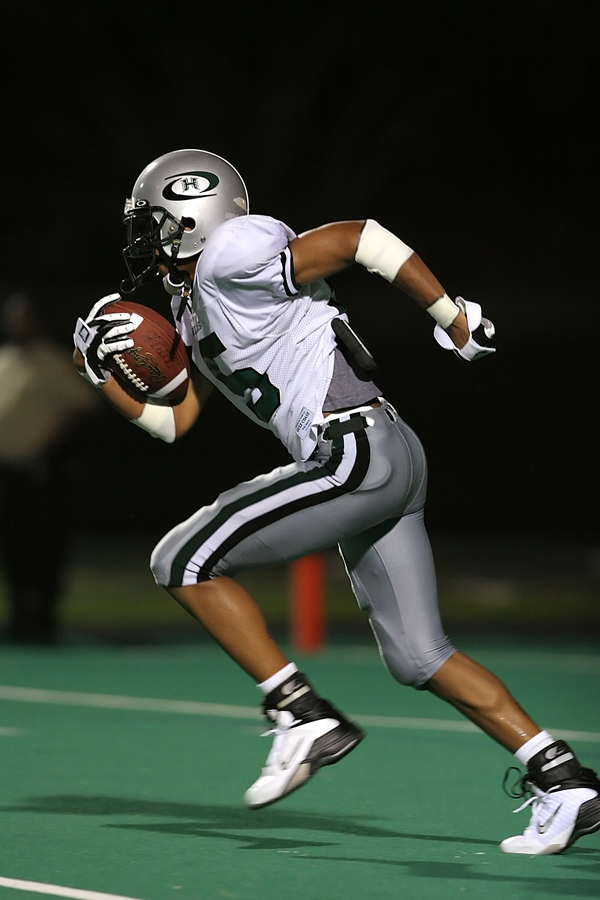
If you want to enhance your college football predictions, there are a few things you can do. First, make sure you understand the game and all of its complexities. Second, do your research on the teams and players involved. Third, use a reliable prediction model. And fourth, don’t be afraid to adjust your predictions as new information arises.
Nowadays, bettors can make most of their betting with bonuses such as free college football picks against the spread, money line picks, total picks and straight-ups. The bettors can use these expert picks to enhance their predictions.
How important are statistics in making college football predictions?
There is no one answer to this question. Some people may feel that statistics are the most important factor, while others may place more importance on factors such as team morale or the weather conditions on game day. Ultimately, it depends on the individual making the prediction and how they weigh the various factors involved.
What resources are available to help you predict college football games?
There are several resources available to help you predict college football games. One resource is the Sagarin Ratings, which rate teams based on their performance against common opponents. Another resource is the Massey Ratings, which use a similar methodology and account for the margin of victory. Finally, the Billingsley Report uses a different approach to rating teams, focusing on how teams have performed against their schedule strength.
How to create a model for making college football predictions
There is no one-size-fits-all model for making college football predictions, as the sport is too complex and unpredictable. However, there are a few general tips that can help you create a successful model:
1. Start by identifying the key factors that affect the outcome of a college football game. These could include the strength of each team's offense and defense, the weather conditions on game day, and home-field advantage.
2. Use data from past games to train your model. This data should include the outcomes of games (i.e. who won and lost) and the statistics generated by each team during those games.
3. Make sure to test your model against a variety of different scenarios before using it to make predictions. This will help you ensure that it is accurate and reliable.
4. Be prepared to adjust your model as new information arises. College football is an ever-changing landscape, so your model must be flexible to succeed in the long run.
To sum up, it is possible to improve your football predictions if you follow the steps we have listed for you above.

![[Barça Femení] Lluís Cortés leaves Barça Femení after two years of being the manager and winning the Treble this last season [Barça Femení] Lluís Cortés leaves Barça Femení after two years of being the manager and winning the Treble this last season](https://www.trollfootball.me/upload/small/2021/06/27/barca-femeni-lluis-cortes-leaves-barca-femeni-after-two-years.jpg)


![[Tom Garry] I'm told the reason Chelsea haven't revealed a specific end date for Emma Hayes' new deal is because there isn't one. She's staying essentially on a permanent, long-term basis. Neither party felt the need to set an x-year length because their commitment to each other is absolute [Tom Garry] I'm told the reason Chelsea haven't revealed a specific end date for Emma Hayes' new deal is because there isn't one. She's staying essentially on a permanent, long-term basis. Neither party felt the need to set an x-year length because their commitment to each other is absolute](https://www.trollfootball.me/upload/small/2021/07/02/tom-garry-im-told-reason-chelsea-havent-revealed-a-specific.jpg)

![[FC Bayern US] "Now you're in New Yorkkkk." The @EmpireStateBldg lit up red tonight to celebrate FC Bayern's historic season and the club's efforts to grow soccer in the United States. [FC Bayern US] "Now you're in New Yorkkkk." The @EmpireStateBldg lit up red tonight to celebrate FC Bayern's historic season and the club's efforts to grow soccer in the United States.](https://www.trollfootball.me/upload/small/default/twitter.com.jpg)


![[Official] Warta Poznań sign Szymon Czyż (ex-Lazio) [Official] Warta Poznań sign Szymon Czyż (ex-Lazio)](https://www.trollfootball.me/upload/small/2021/07/02/official-warta-poznan-sign-szymon-czyz-ex-lazio.jpg)
![[Guillaume Vague]Stefan Mitrovic has said farewell to his Strasbourg teammates today in training ahead of his move to Getafe [Guillaume Vague]Stefan Mitrovic has said farewell to his Strasbourg teammates today in training ahead of his move to Getafe](https://www.trollfootball.me/upload/small/2021/07/01/guillaume-vague-stefan-mitrovic-has-said-farewell-to-his-strasbourg-teammates.jpg)
![New England Revolution [2]-0 NY Red Bulls - DeJuan Jones 31' New England Revolution [2]-0 NY Red Bulls - DeJuan Jones 31'](https://www.trollfootball.me/upload/small/2021/06/24/new-england-revolution-2-0-ny-red-bulls-dejuan-jones-31.jpg)
![[Pedro Almeida]: Confirmed and the dices are rolled. Sporting signs João Mario from Inter for 8M€. [Pedro Almeida]: Confirmed and the dices are rolled. Sporting signs João Mario from Inter for 8M€.](https://www.trollfootball.me/upload/small/2021/05/28/pedro-almeida-confirmed-and-dices-are-rolled-sporting-signs-joao.jpg)
![[Miguel Rico] Messi has informed Joan Laporta that he accepts renewal offer. It will be 1+1 year extension. [Miguel Rico] Messi has informed Joan Laporta that he accepts renewal offer. It will be 1+1 year extension.](https://www.trollfootball.me/upload/small/2021/06/22/miguel-rico-messi-has-informed-joan-laporta-that-he-accepts-renewal.jpg)

![[Vbet new] With his assist to Gabigol, Neymar has now equalled Pele’s record (47) for most assists in the history of Brazil’s national team. [Vbet new] With his assist to Gabigol, Neymar has now equalled Pele’s record (47) for most assists in the history of Brazil’s national team.](https://www.trollfootball.me/upload/small/2021/06/13/vbet-new-with-his-assist-to-gabigol-neymar-has-now-equalled.jpg)